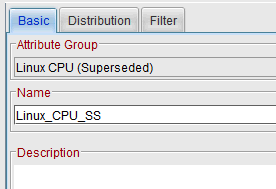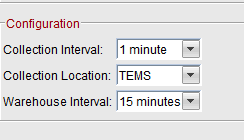Go to .vnc/xstartup file
Add these few lines.
-------X--------- X- Cut and Paste --X------
#!/bin/sh
/usr/dt/bin/Xsession
-X--------------------Done ------------X
Check that the execute permissions are present for the xstartup file.
execute the vncserver command,
From there on you should be able to bring up the XSession on an AIX platform






























